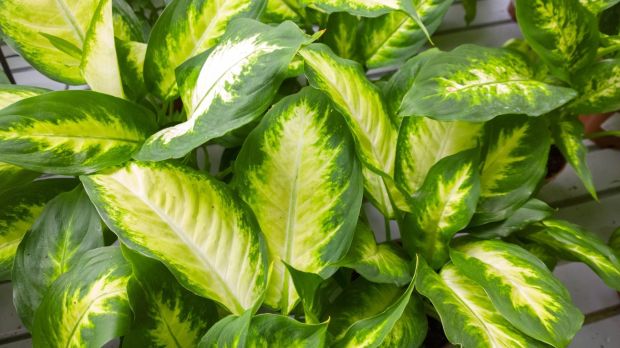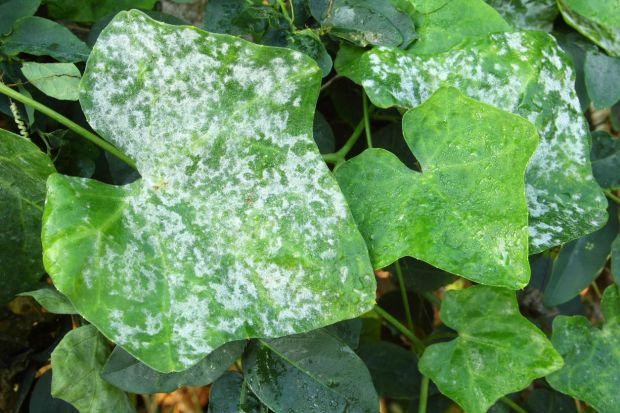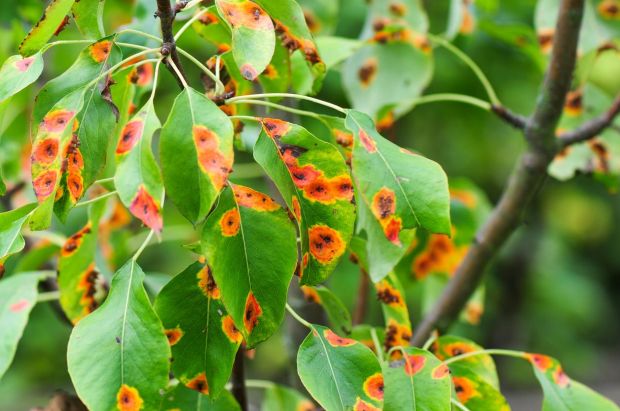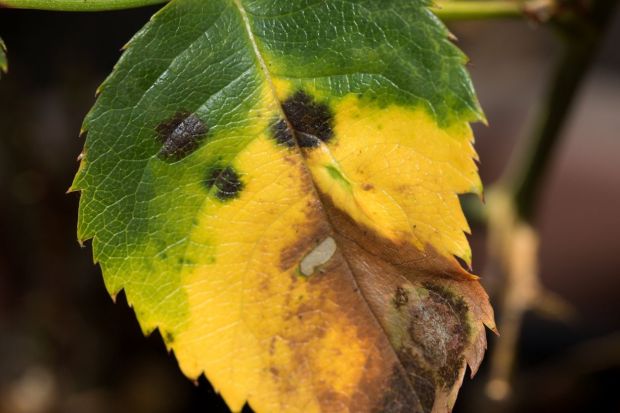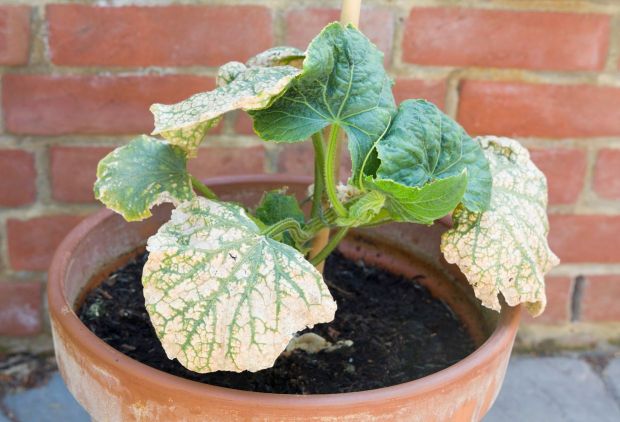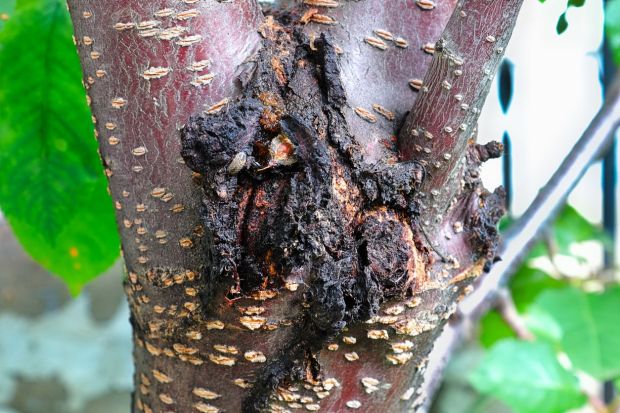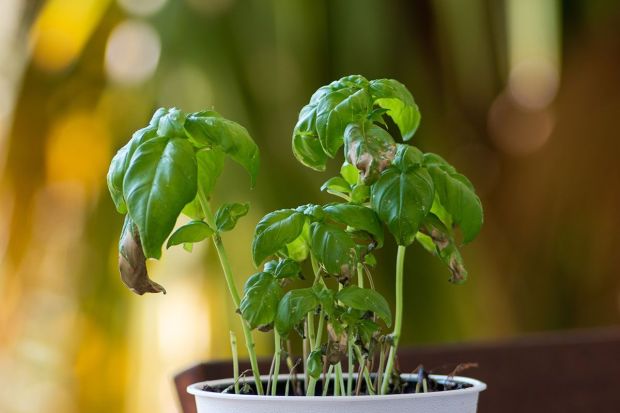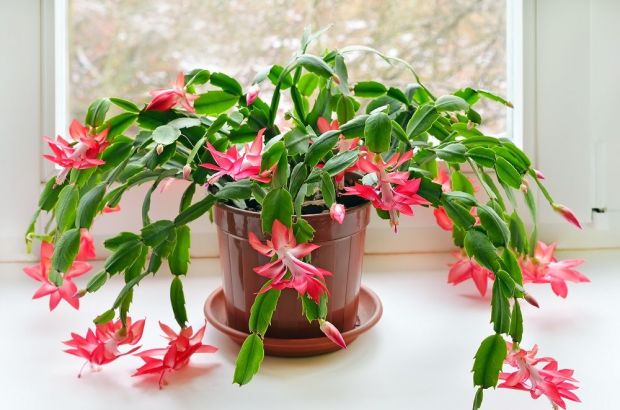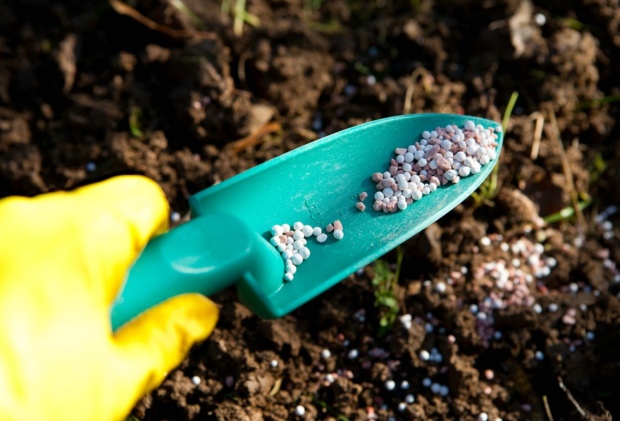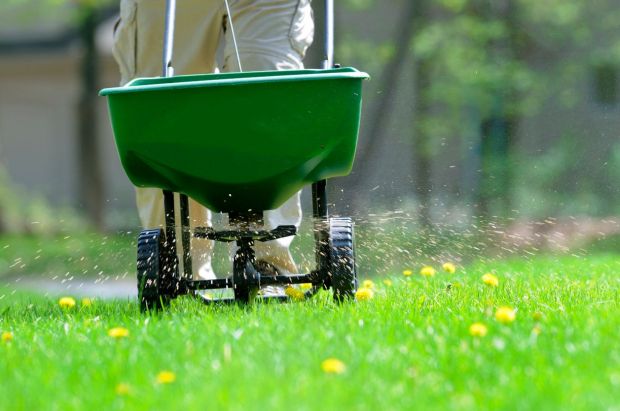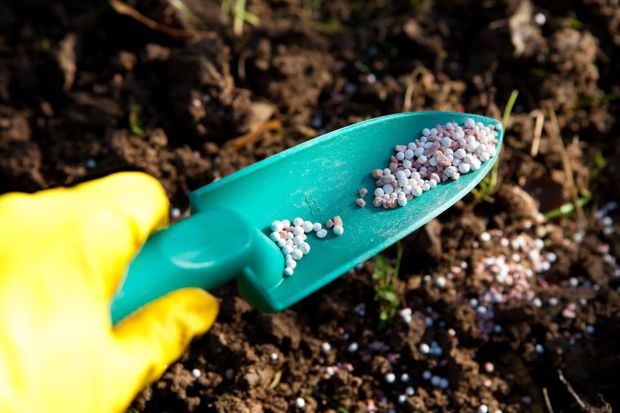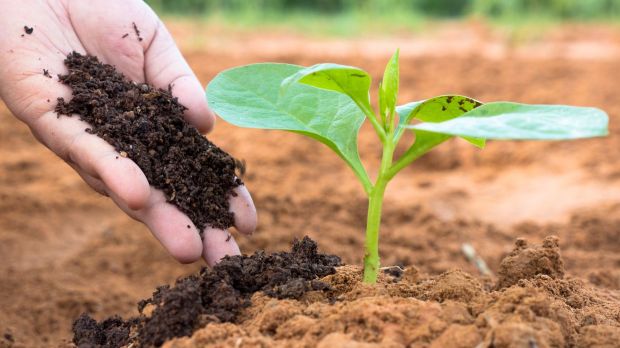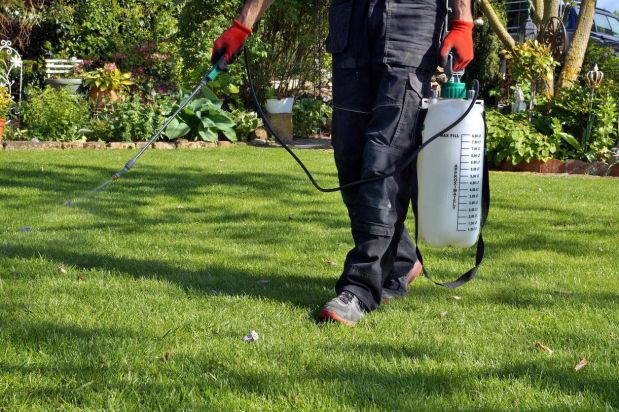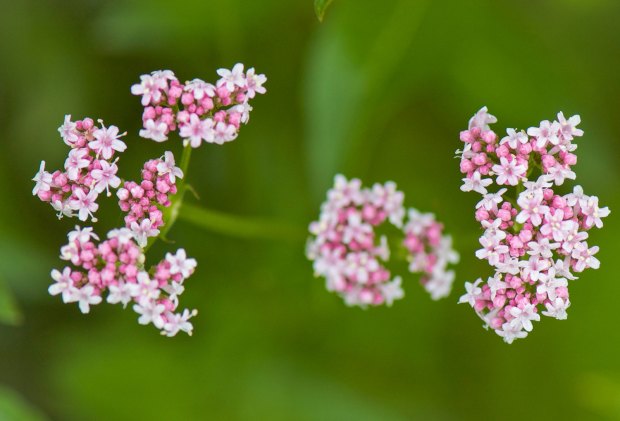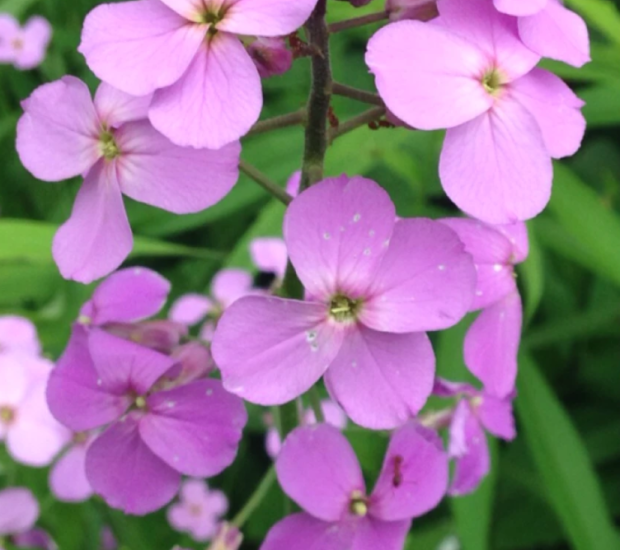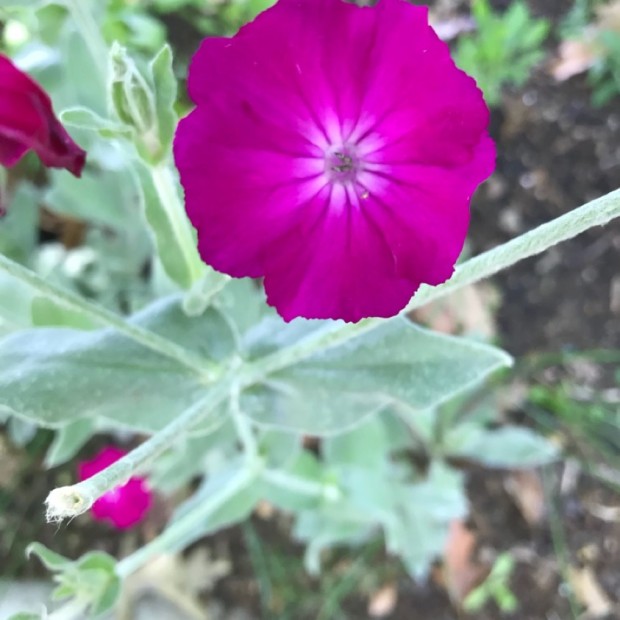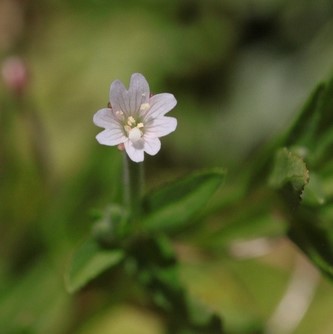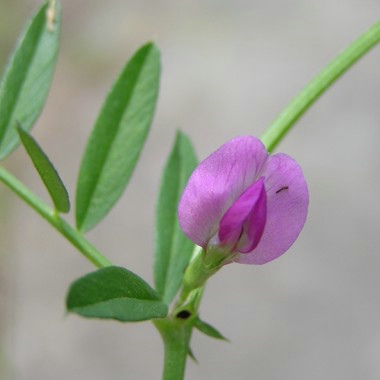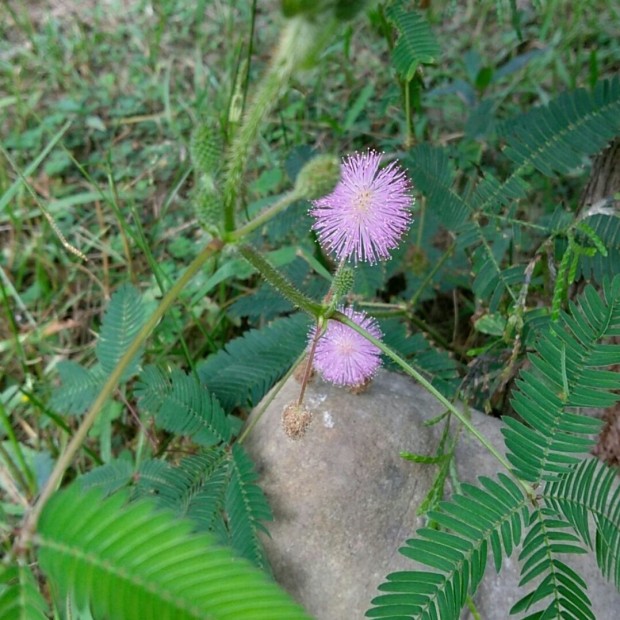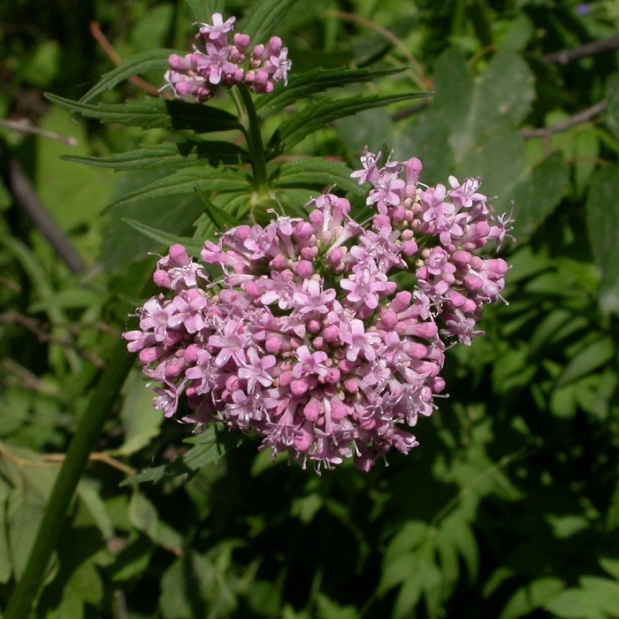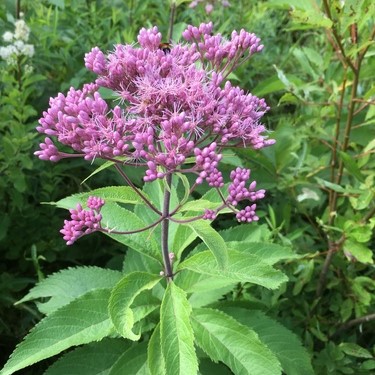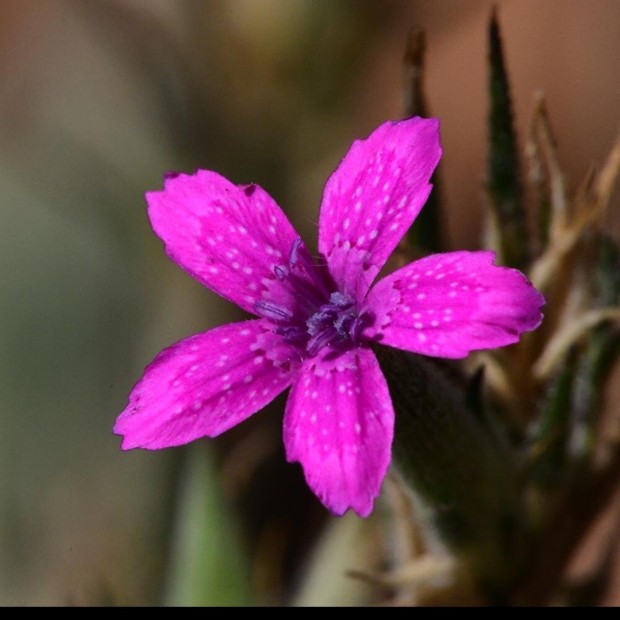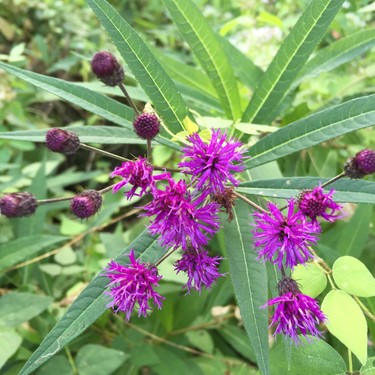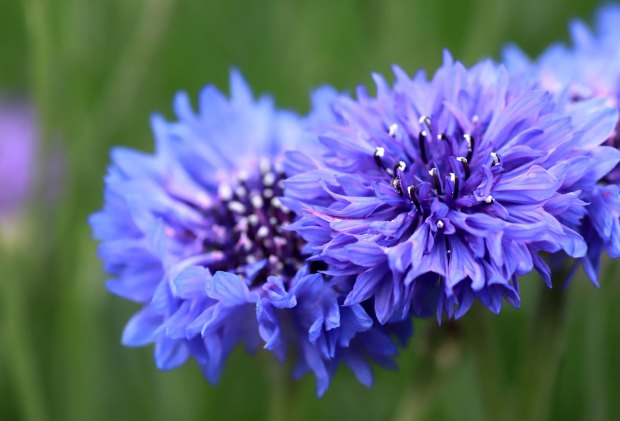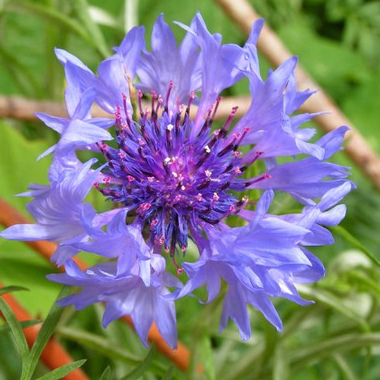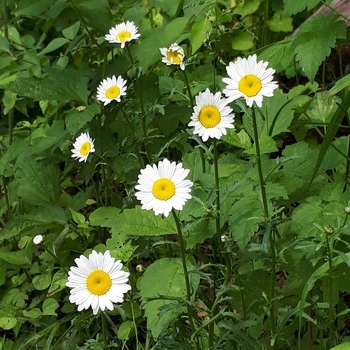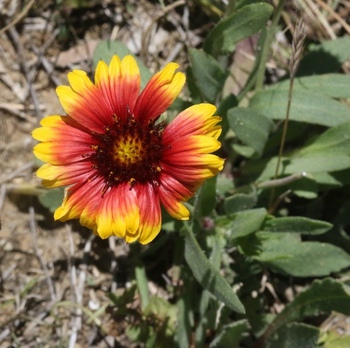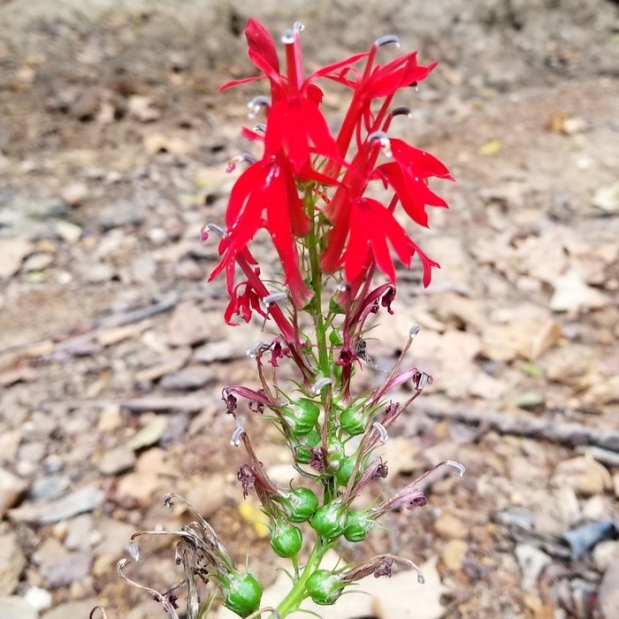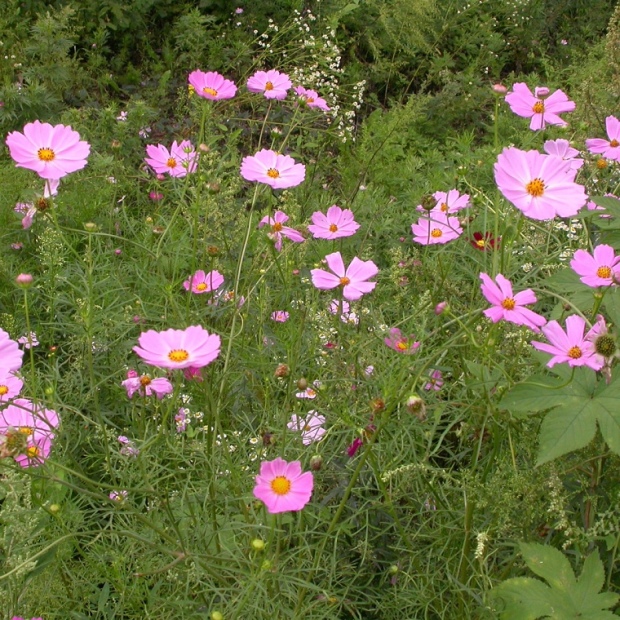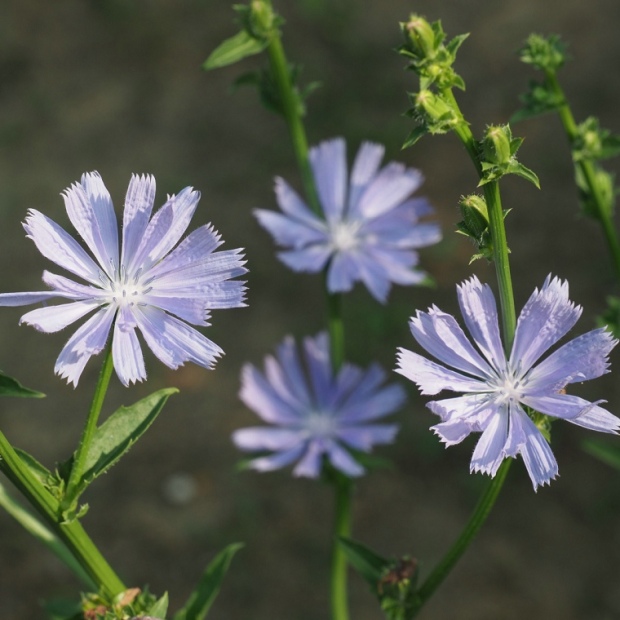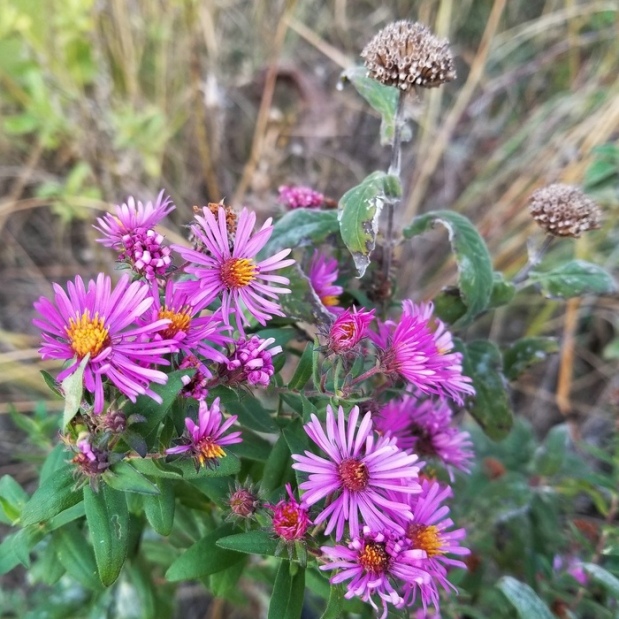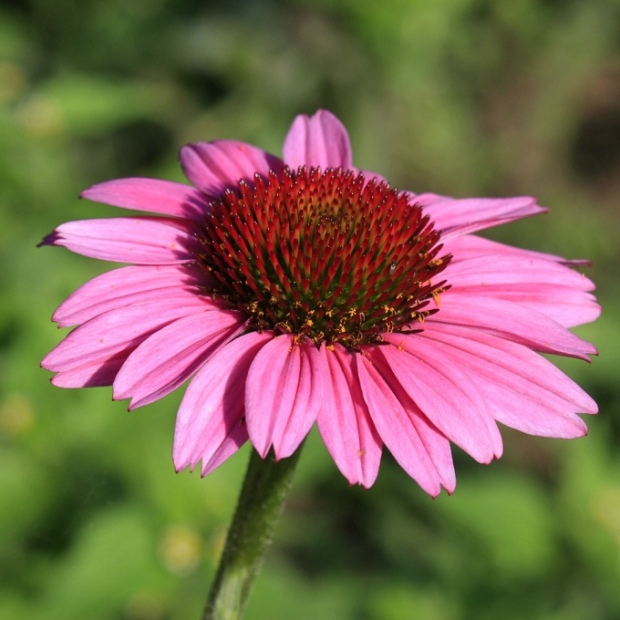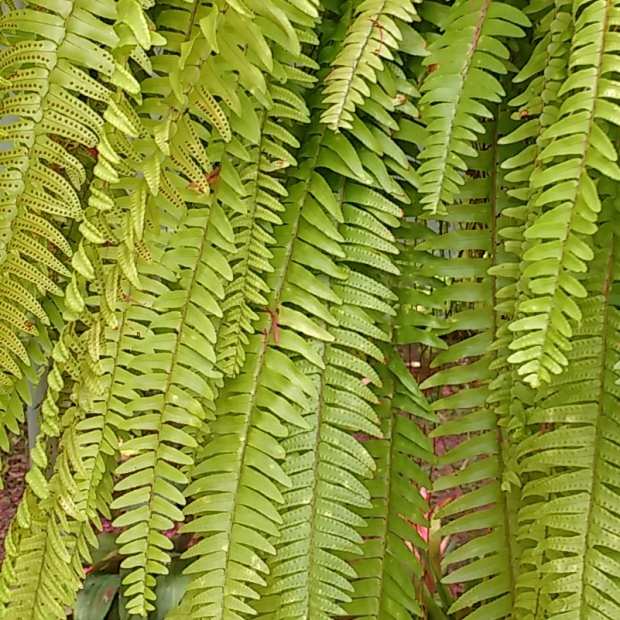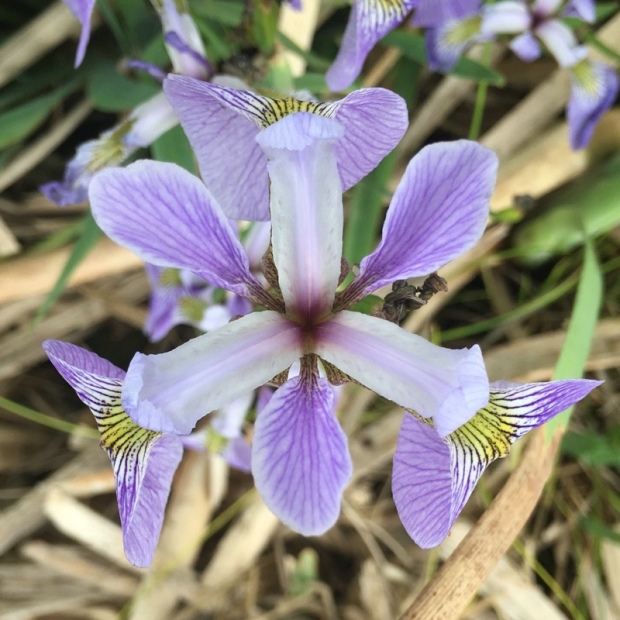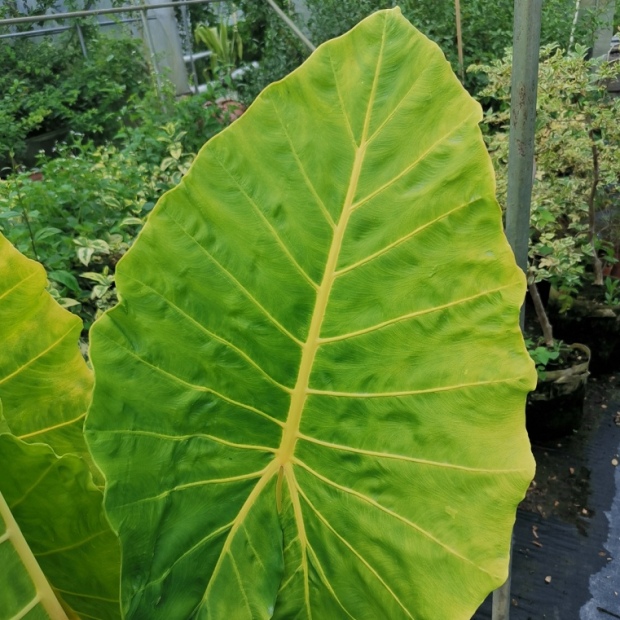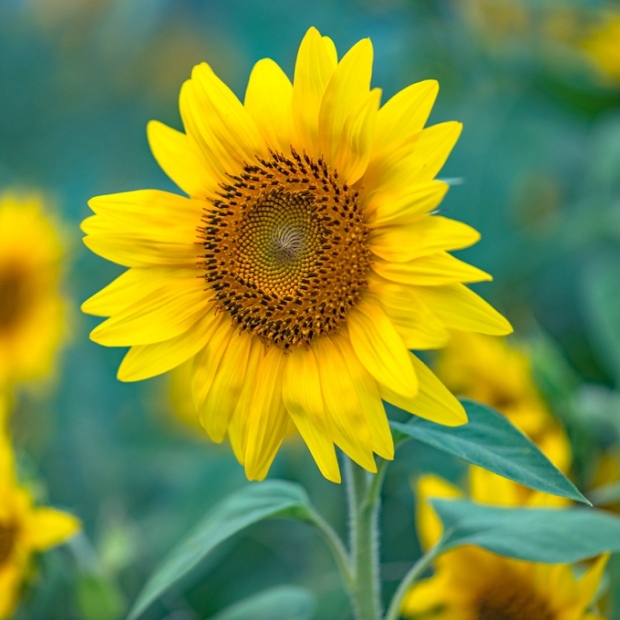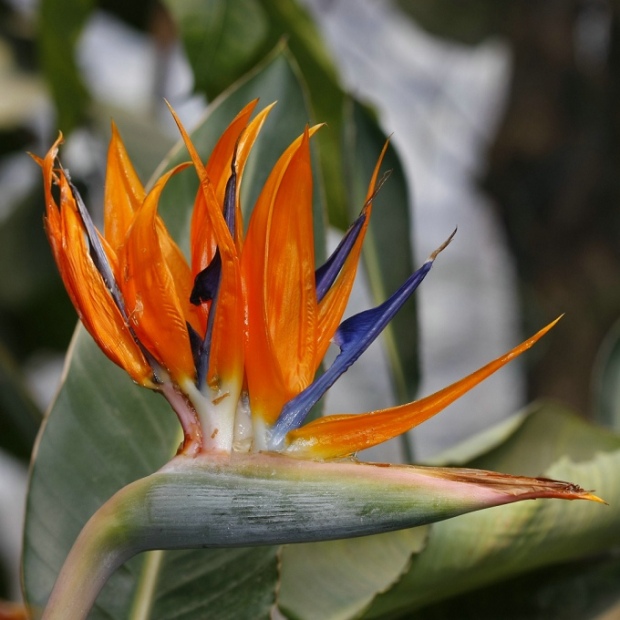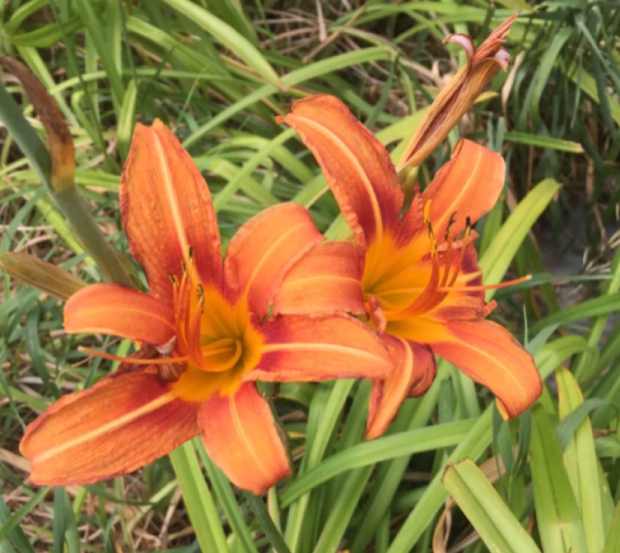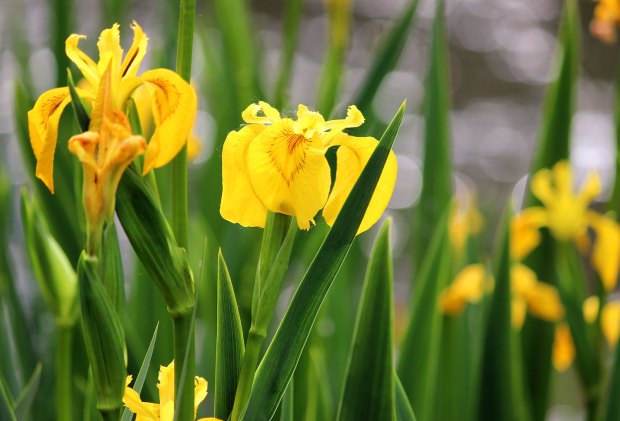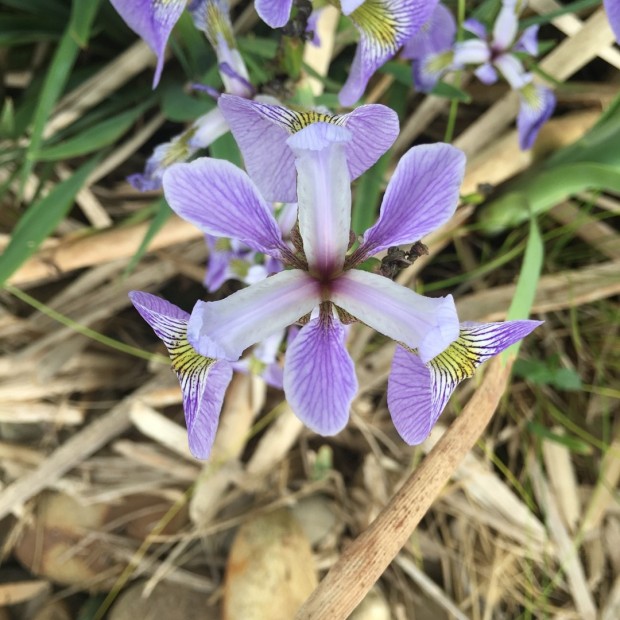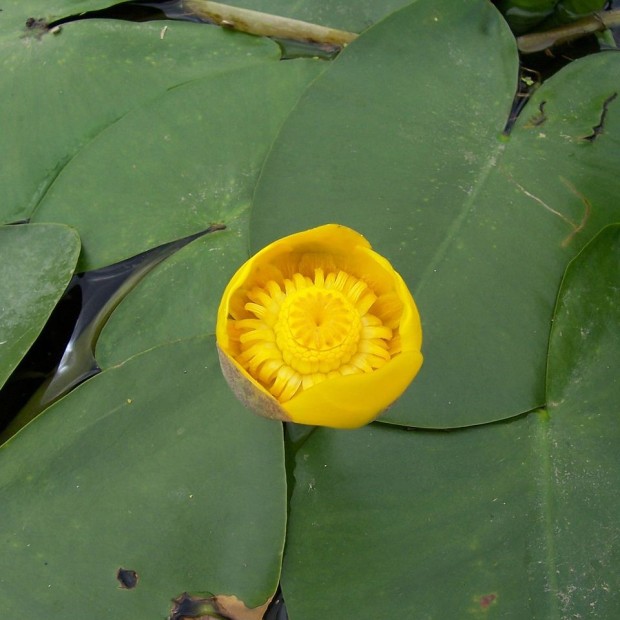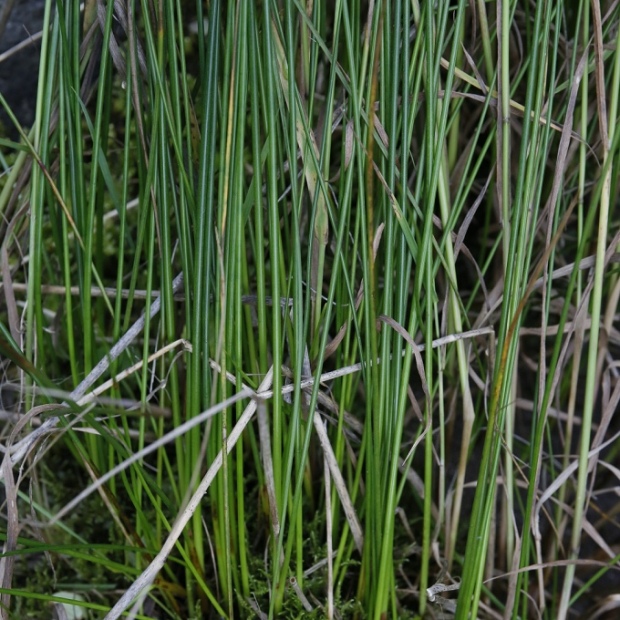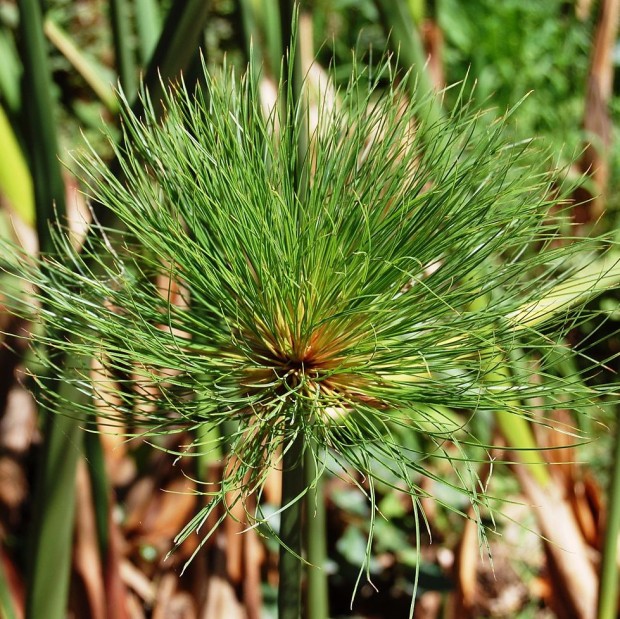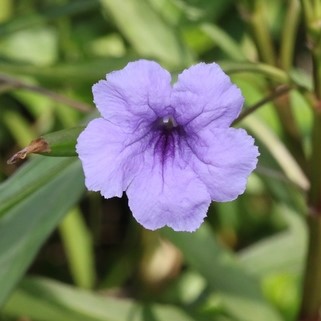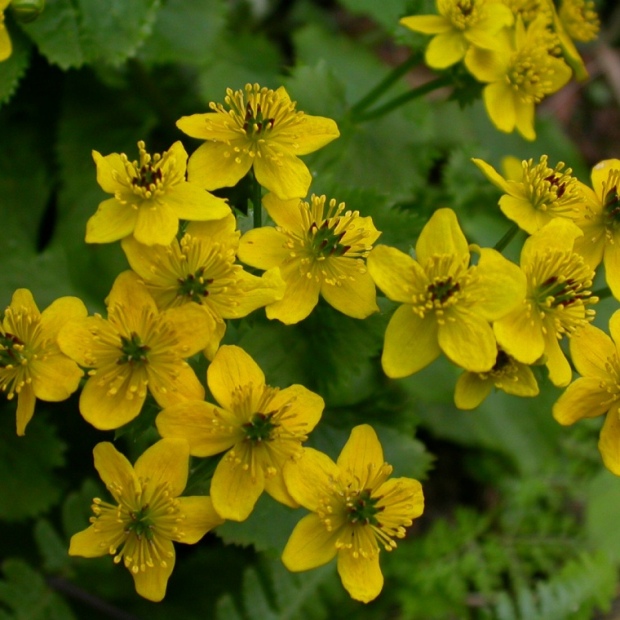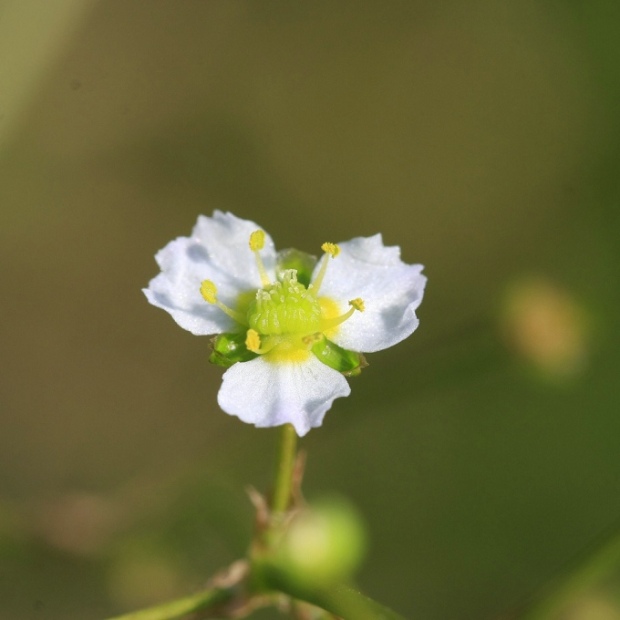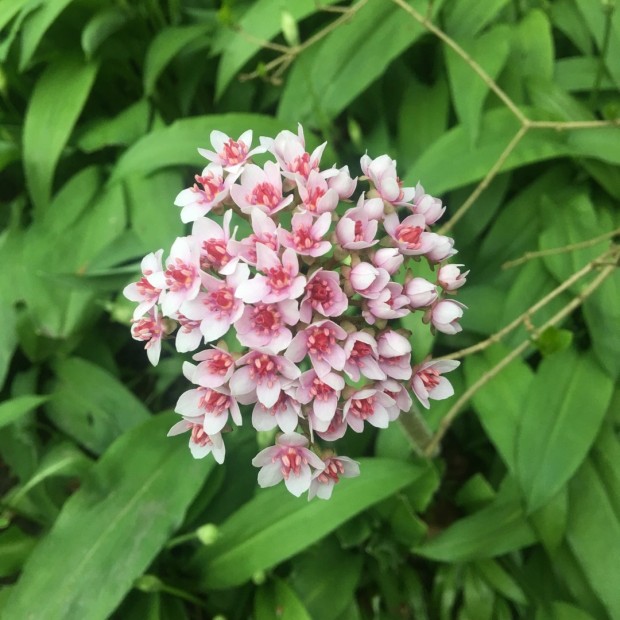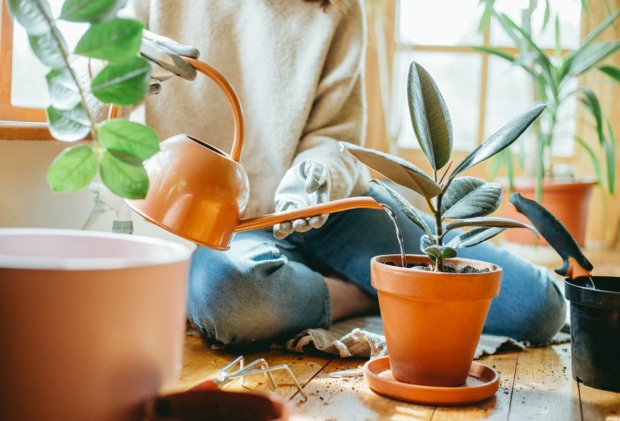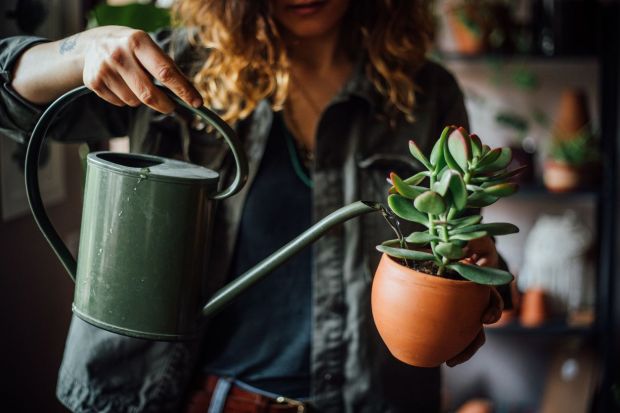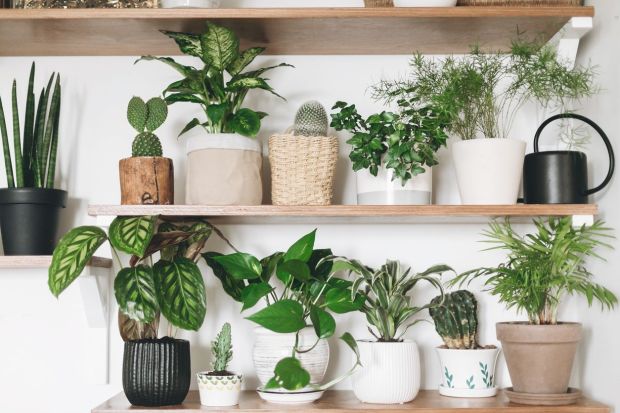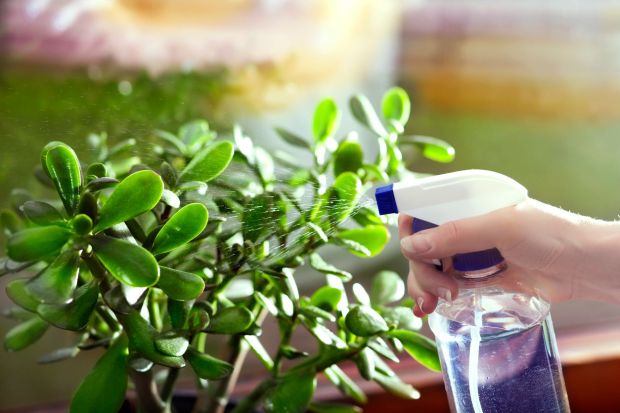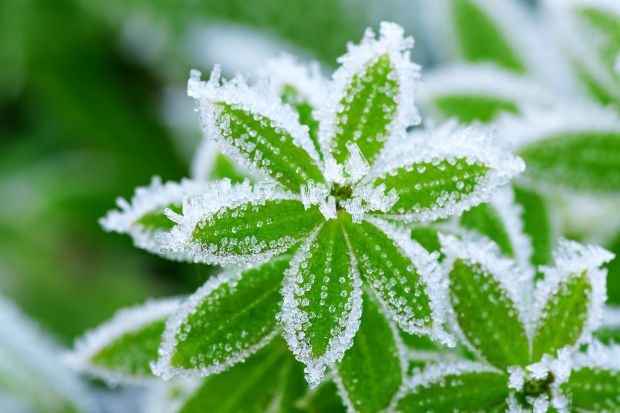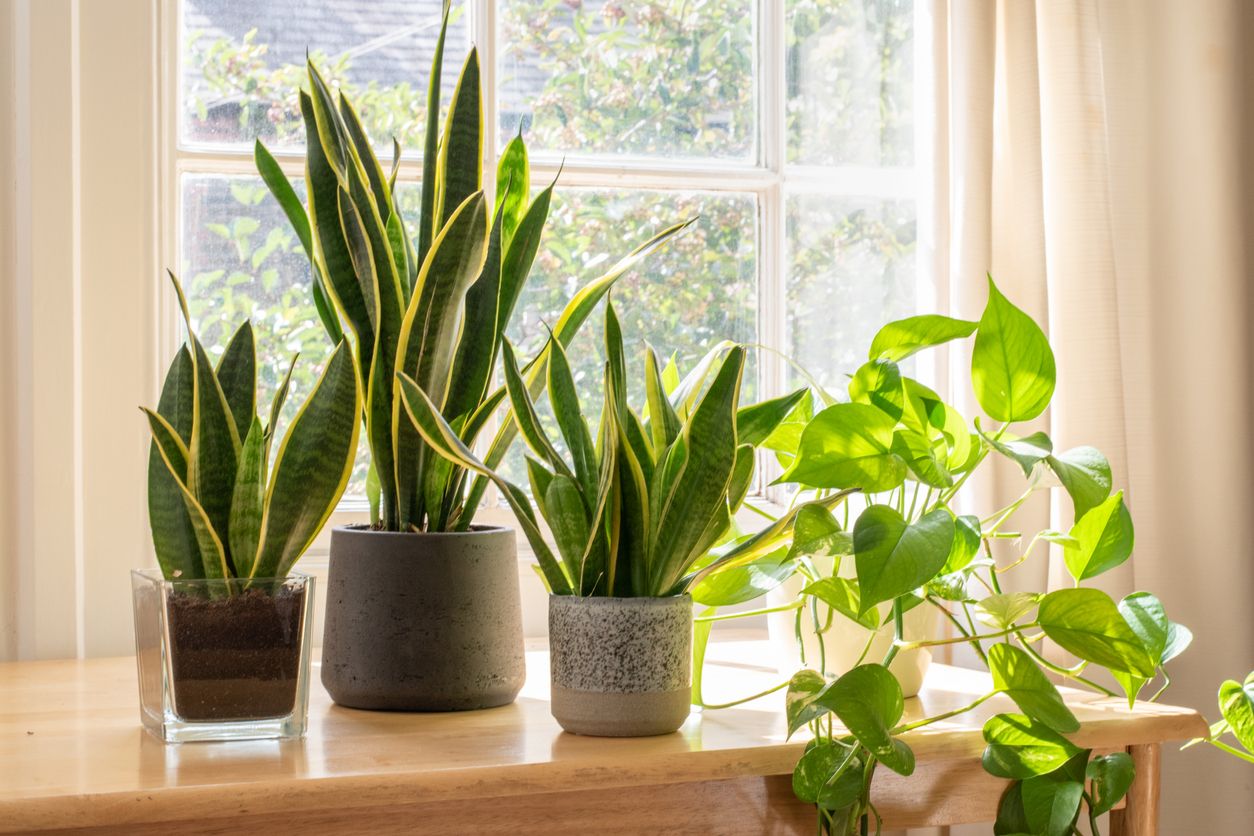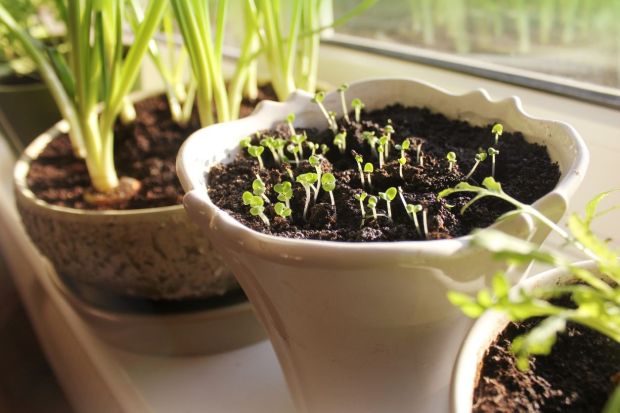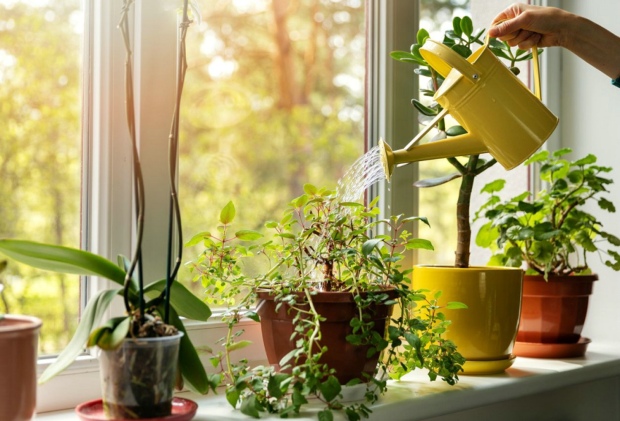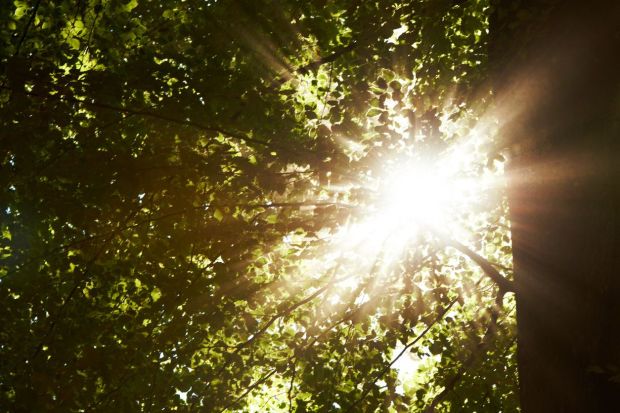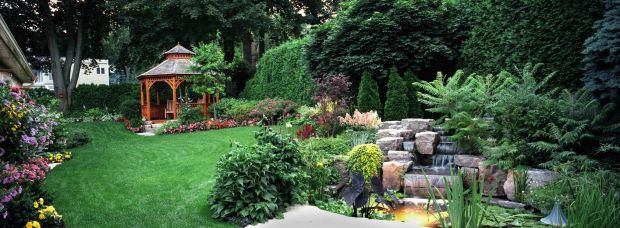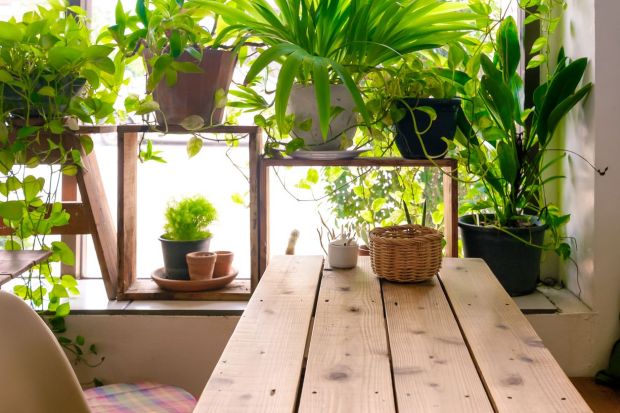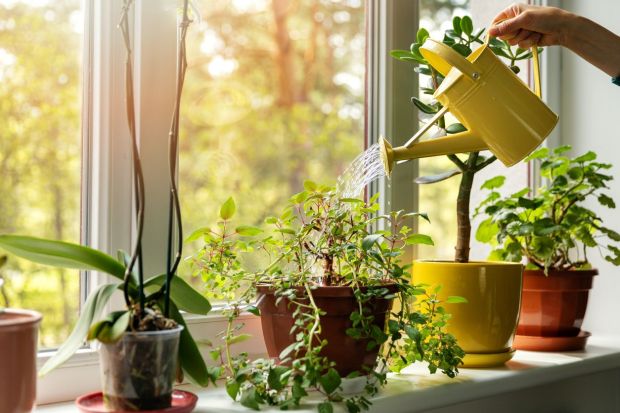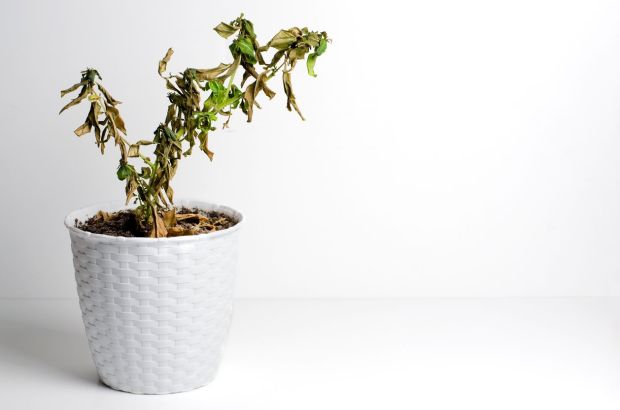
25 Garden Plants Make People Sting and Itch
Some plants just want to be left alone. The species on this list have evolved a variety of defenses aimed at making sure that nothing messes with them. Steer clear of these types of plants if you want to keep your skin intact or avoid a nasty rash!
French rose

French rose (Rosa gallica) is a flowering deciduous shrub native to central and southern Europe. It was one of the first rose species to be cultivated in Europe; French rose got its domesticated start with ancient Greeks and Romans, and was later used in medieval gardens. Today, this cold-tolerant flower’s numerous cultivars adorn gardens worldwide.
Tea rose

The first Tea rose was created in 1867 by Jean-Baptiste Andred Guillot, who operated his father’s nursery in Lyon from the age of 14. The Tea rose did not become popular until the Soleil d’Or was cultivated at the beginning of the 1900s in France.
Leatherleaf mahonia
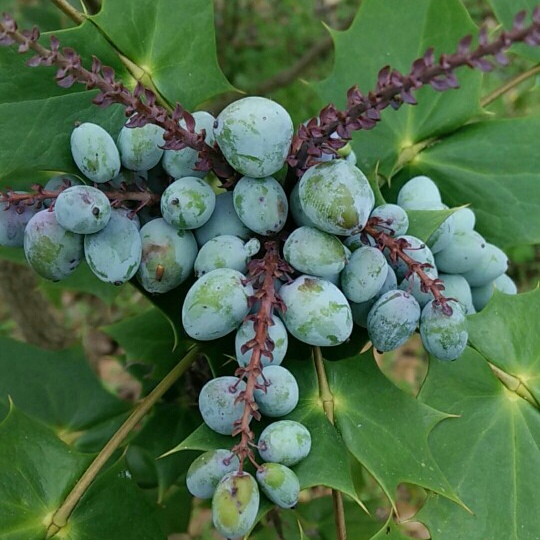
Leatherleaf mahonia is planted as a hedge. Its evergreen leaves, edged with spines, can deter outsiders from intruding. In addition to its very distinctive foliage, it is also very recognizable by the large bunches of dark purple fruits it produces in summer. Birds eat these fruits and help spread the seeds, so this plant is widely dispersed and even considered aggressive.
American holly
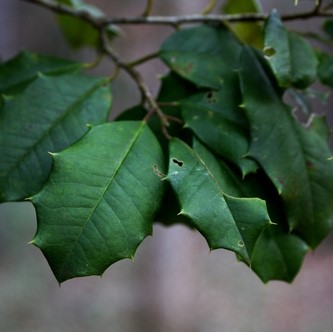
Ilex opaca, commonly known as American holly, is a medium-sized evergreen tree, commonly found in southeastern areas of North America as an understory tree in humid forests. Its bright red fruits are poisonous to humans but are a very important source of food for numerous species of birds.
Great bougainvillea
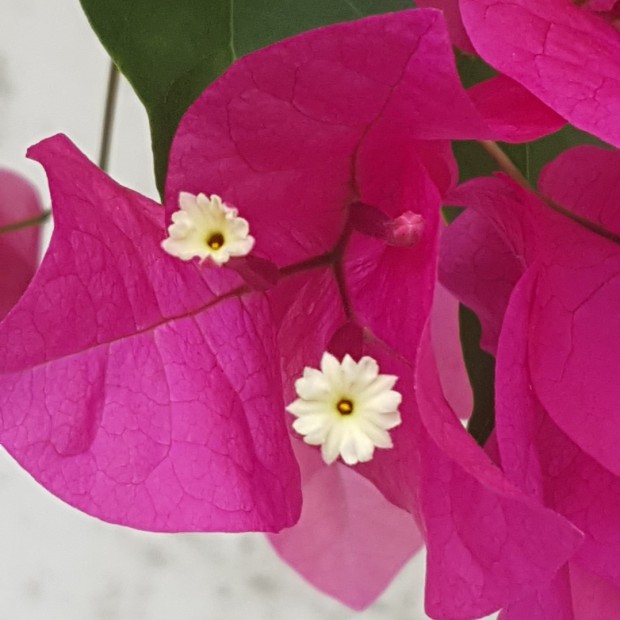
The Great bougainvillea is best known for its bright flowers. It has spread around the world as a garden plant. This plant thrives in warm environments. The Great bougainvillea is a woody, climbing plant that winds its way around other plants as it grows. It also has thorns that aid in its climbing habit.
Flowering quince
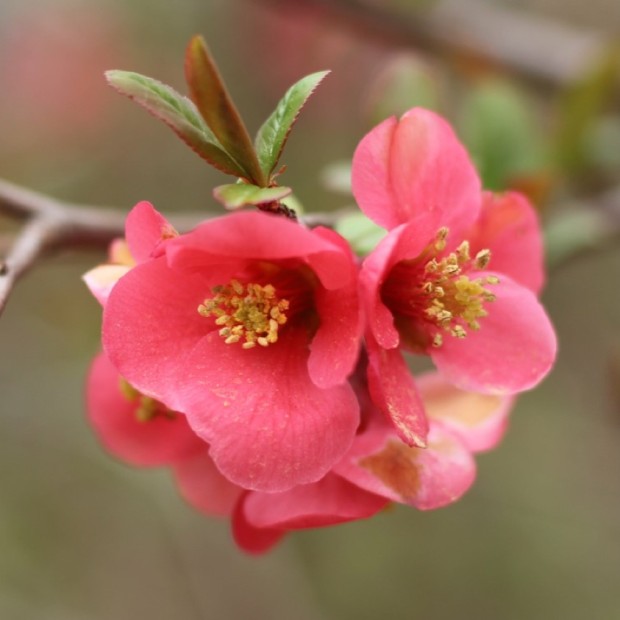
Flowering quince (Chaenomeles speciosa) is a deciduous shrub that’s native to China. Its edible fruit appears in autumn and is often used in jams and jellies. The plant can also be used as a privacy hedge that will attract hummingbirds in droves.
Common barberry
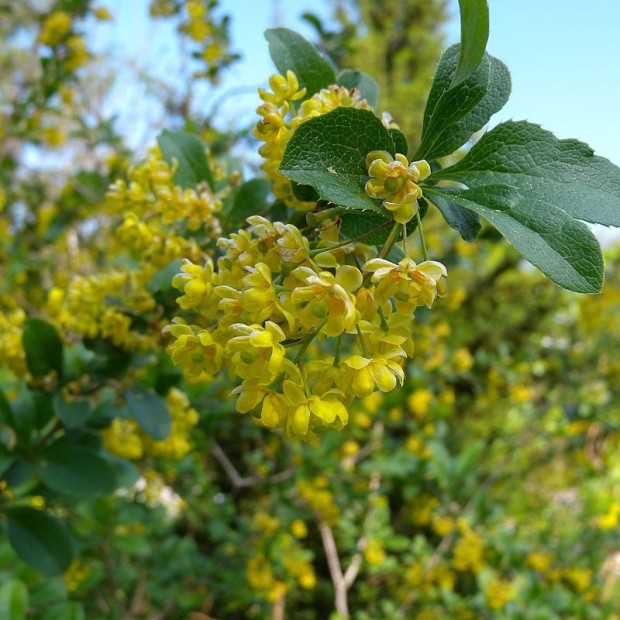
Common barberry (Berberis vulgaris) is a shrub with unpleasant-smelling flowers and red berries. The flowers can be used to create dye while the berries can attract birds and small mammals. Common barberry is used as a hedge in some countries, but it is susceptible to rust disease.
Pomelo
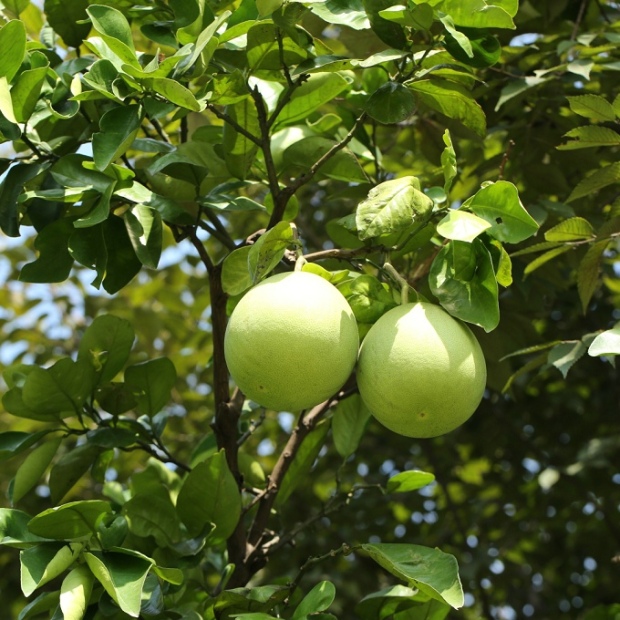
Pomelo (Citrus grandis) is a greenish, tropical and subtropical fruit originally that is larger than any other citrus fruit on the planet (thus the species name – “grandis”). Though it is the ancestor of the commonly cultivated grapefruit (citrus x paradisi), the Pomelo has a thick, hard-to-peel rind and doesn’t have a lot of juice. Nevertheless, it is commonly eaten in southeast Asia.
Mandarin orange

The Mandarin orange (Citrus reticulata) is a citrus fruit tree. It is famed for its Mandarin oranges, a commonly consumed fruit which can be eaten plain or used in salads. During the Chinese New Year, the fruit is considered a symbol of good fortune.
Trifoliate orange
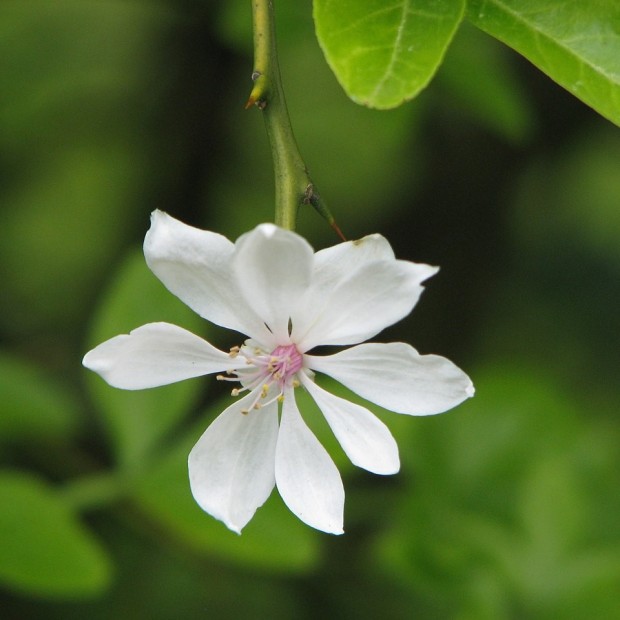
A native to Northern China and Korea, Trifoliate orange is recognizable by the large 1.2 to 2.0 in thorns on the shoots and its deciduous leaves. It is also unique as a citrus plant because its fruit has a downy fuzz similar to a peach. The ripe fruit is very bitter but can be used to make marmalade.
Salmonberry
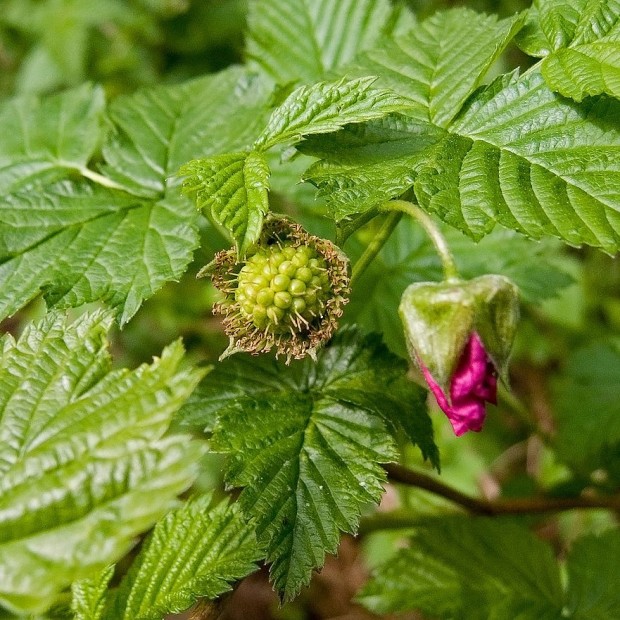
Salmonberry is a shrub growing to 40-160 inches tall. It is known for its fruit, which bears resemblance to a raspberry. This plant earned its common name due to the fact that these berries were traditionally eaten by Native Americans with salmon or salmon roe. The taste of the berries themselves is somewhat bland but depends on the climate and site of growth.
California blackberry
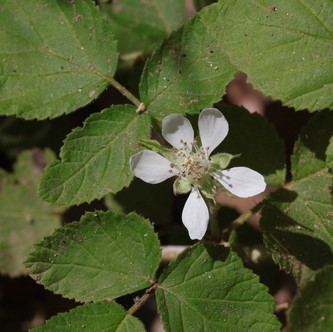
California blackberry (Rubus ursinus) is an edible berry indigenous to North America. Its genus name of ‘Rubus’ means ‘bramble,’ and the specific epithet ‘Ursinus’ means ‘bear.’ Larvae of the western tiger swallowtail butterfly love to munch on it. Native Americans ate it and also used it medicinally. If you have a creek bank that needs stabilizing, this plant will do it.
Jujube
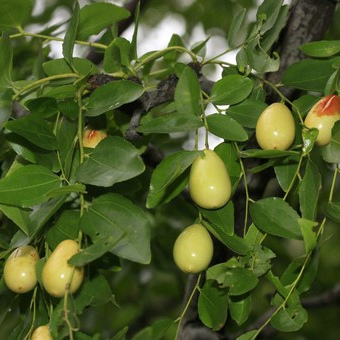
Jujube or Ziziphus jujuba is also known as red date and Chinese date. It is a deciduous tree that is often grown for its small fruit. When immature, the fruit resembles a crisp apple. When ripened, the fruit wrinkles and resembles a date.
Russian olive

The name of Russian olive (Elaeagnus angustifolia) came from its resemblance to an olive tree. However, it’s not even remotely related. It is indigenous to central and western Asia, and is listed as a noxious weed in other countries including the US, where it was initially imported as an ornamental. Russian olive produces showy, fragrant flowers and attracts birds with its berry-like fruit.
Western jimson weed
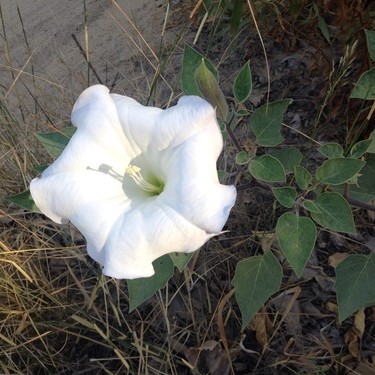
Western jimson weed (Datura wrightii) is a flowering perennial plant in the nightshade family. It is commonly cultivated as an ornamental flower due to its good ability to tolerate drought. Western jimson weed is toxic to humans and pets, and could lead to convulsions and coma if ingested. Nevertheless, it was once used by several Native American tribes as part of a rite of passage.
Bird of paradise

Bird of paradise (Caesalpinia gilliesii) is a perennial evergreen shrub that will grow from 7 to 10 feet tall. It has attractive lacy foliage and showy clusters of yellow flowers that bloom in summer. Bird of paradise attracts bees, butterflies and hummingbirds. It prefers full sun and moist, well-drained soil.
Prairie crabapple
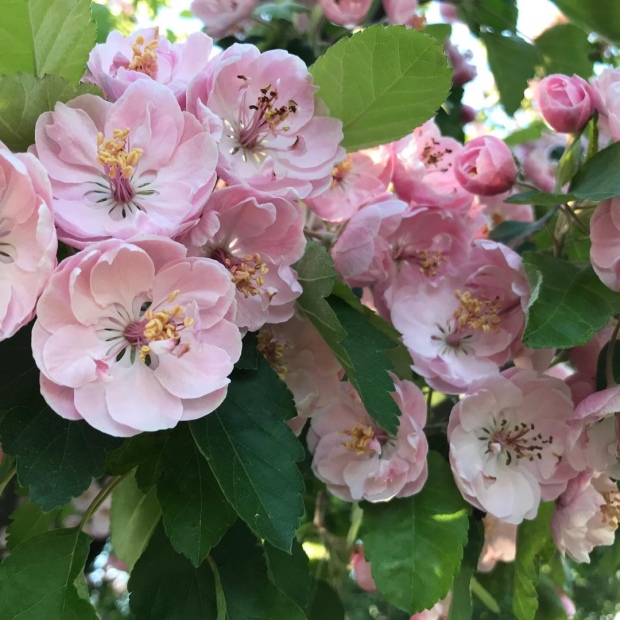
Prairie crabapple (Malus ioensis) is a flowering, colorful tree with pink blossoms native to the United States. In summer the plant’s dark green leaves become purple and red. Wildlife eats the fruit of this tree.
Rugosa rose
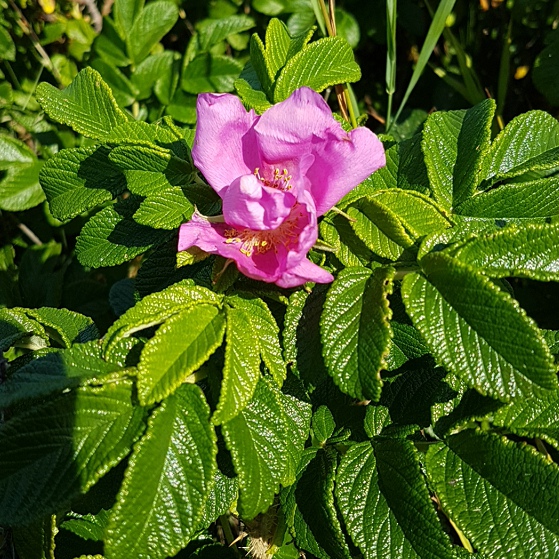
This tall shrub is known for its hardiness, surviving in many climate zones and poor soil conditions. They produce large flowers from summer to winter and their hips attract birds (and are tasty to humans too!). With such beautiful flowers one might be surprised to hear that the Rugosa rose is considered an invasive species in some regions.
Lady banks's rose
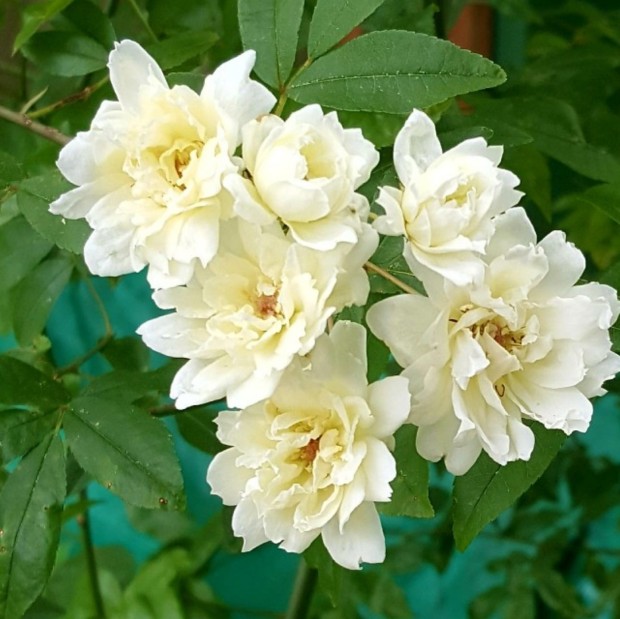
Lady banks’s rose is a species of rose with pale yellow flowers which is popularly planted in gardens worldwide. The largest specimen of Lady banks’s rose (Rosa banksiae) in the world is in Tombstone, AZ. This is where the famous ‘Gunfight at the O.K. Corral’ took place. A clipping that eventually became the bush was sent over from Scotland in 1885, making this rose over 130 years old.
Wild cucumber
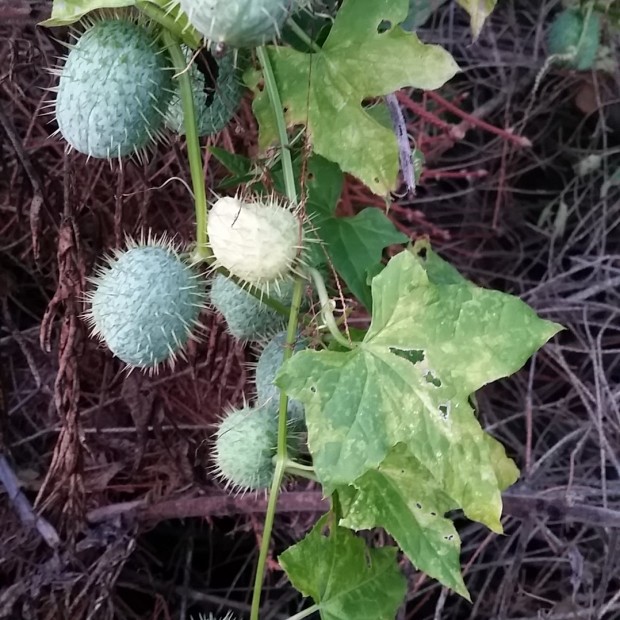
Wild cucumber (Echinocystis lobata) is a sprawling, annual plant vine that grows wild across North America. Its vines can create a dense ground cover over large areas. Wild cucumber acts as a food source for many insect species and is susceptible to some bacterial plant diseases. Certain Native American tribes used to create beads out of the plant’s seeds.
Rattlesnake master
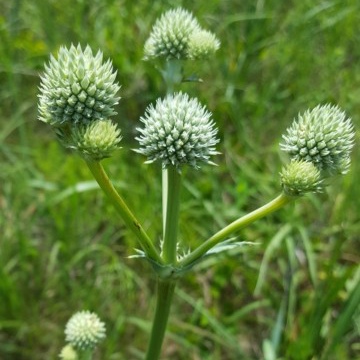
Rattlesnake master (Eryngium yuccifolium) is a herbaceous perennial plant species that grows best in full sunlight and dry soil. Rattlesnake master is drought tolerant and erosion resistant. The leaves of this coarse plant have been used by Native Americans to create both baskets and sandals. Monarch butterflies love the nectar from this flower, giving them nutrients to complete their yearly migration south.
White prickly poppy
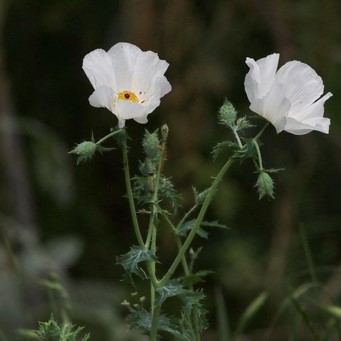
White prickly poppy (Argemone albiflora) is a deciduous annual plant that can grow to be 1 to 3 feet tall. It is a single flowering plant with a cupped white flower growing at the top of its prickly stem. This species blooms from April to August. Its nectar attracts bees. White prickly poppy is toxic to humans.
Cardoon

Cardoon (Cynara cardunculus) grows 3 feet to 6 feet in height, and 2 feet to 3 feet across. Its leaves are jagged, razor-sharp, and a silvery-gray color. Its flowers are blue or violet and thistle-like. It was first brought to the United States by Spanish and French settlers in the middle of the nineteenth century.
Screw pine
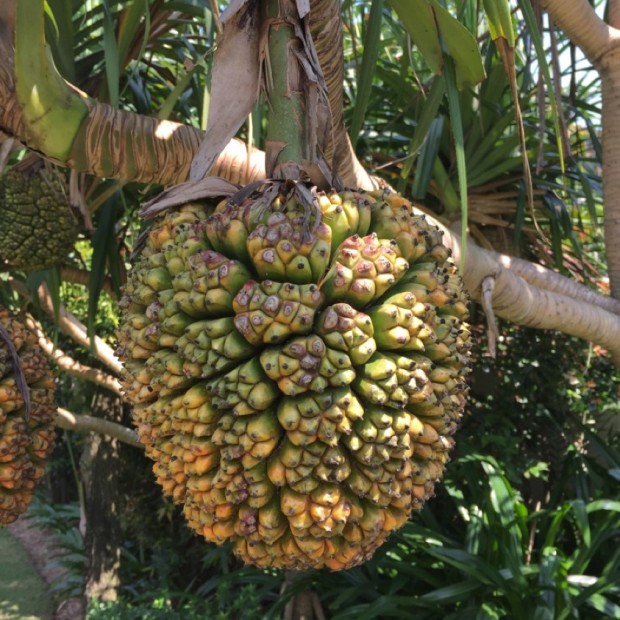
Screw pine (Pandanus tectorius) is a perennial tropical tree that is salt tolerant and grows in poor, salty or sandy soils. Screw pine is used to help stabilize soil conditions along coastal and beachfront properties. It also thrives in hot, windy areas and prefers full sun to semi-shade. Plants are dioecious with separate male and female plants. Male flowers are small, fragrant and short-lived. Female flowers are pineapple-like and are followed by fruit heads. Fruits are edible.
Ocotillo
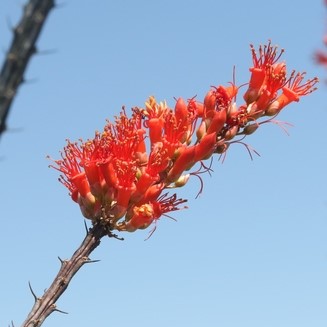
Ocotillo (Fouquieria splendens) is a flowering plant species native to the southwestern United States. Ocotillo is most commonly found in the Sonoran Desert and Chihuahuan Desert. While it grows in the same conditions as cacti, Ocotillo is not technically a cactus. This species yields branches which can be used for walking sticks, and its flowers can be turned into herbal tea. In cultivation, Ocotillo can be planted throughout the year in arid regions as a living fence.

